Choice of Medium
For my artistic representation of Jeanne d’Arc and her memorialization, I chose to create a drawing of her execution. While a simple and seemingly thoughtless choice, I put much thought into how I could best craft a photo that could hold subliminal symbolisms and details that tie into my research. I believed that creating a drawn photo was the best way for me to convey my thoughts regarding Jeanne’s memorialization and having the control to alter the difference tenets as needed.
Overview of Topic
Jeanne d’Arc was a French woman born in “Domremy-la-Pucelle” (Bie, n.d.) France during 1412 to impoverished farmers, Jacques d’Arc and Isabelle Romèe. Jeanne reportedly began experiencing religious manifestations when she was thirteen, such as that in 1425 when archangel Michael appeared numerous times and conditioned Jeanne so that she may readily receive the apparitions of “Saint Catherine and Saint Margaret” (Bie, n.d.). Over a number of years Jeanne became absorbed by the archangel’s message and made contact with the Dauphin (later Kind Charles VII) who fell into a state of utter conviction with her considering his reported devotion to archangel Michael, Merlin’s well popularized prophecy of the Maid of Loraine, and Jeanne’s otherworldly ability to accurately prognosticate future events. Shortly afterwards Jeanne and a conservative sized band of knights were set out to d’Orleans in an attempt to clear the English and demonstrate Jeanne’s abilities.
It is reported by Bie (n.d.) that Jeanne’s incredible military success in liberating locations such as d’Orleans, Saint-Pierre-le-Moutier, Troyes, and Montépilloy, placed her in a position where enemy forces “could not afford not to destroy her” (Bie, n.d.). Consequently, Jeanne was captured by the Burgundians and subsequently bestowed upon the English. Prior to her death, Jeanne was subject to a trial of condemnation which Bie (n.d.) states that Jeanne had denounced her religious manifestations out of fear of worser conditions, but after remaining in a prison cell in a tormented state, withdrew these claims and stated she did so only to protect herself from harm. Authority figures then charged Jeanne as “a relapsed heretic and a sorceress” (Bie, n.d.) and burned her at the stake.
Historical memorialization is the preservation of memory for notable events or people such as Jeanne d’Arc. In the 591 years since her death, Bie (n.d.) summarizes how Jeanne has been memorialized in many ways such as being canonized by “Pope Benedict XV” and by becoming the “spirit of France” although the primary method of memorialization for Jeanne has been accomplished through temporal arts. Bie (n.d.) explains how Jeanne has “inspired thousands of historians, poets, and painters” and is the subject of “400 plays and musical works” each of which influence society’s perception and understanding of Jeanne as she prevails as a “cultural phenomenon” (Meltzer, 2003). It is in the opinion of Diffey (1995) that “the relationship between art and society is of paramount importance” (p. 204).
Despite the popularity and importance of temporal arts when considering Jeanne’s memorialization, art is subjective and regularly contorts to fit a narrative and convey an artist’s message. As Bie (n.d.) states, each work “tells a different story.” This is the case according to Datta (2011) who explains how the plays “Jeanne d’Arc” and “Le proces de Jeanne d’Arc” each present and ascribe a political and societal status to Jeanne when there lacks supportive historical data.
It is because of instances such as these that I believe Jeanne’s memorialization to be at risk of being distorted and thus the death of not Jeanne herself, but her remembrance. I chose this topic because I believe Jeanne as a medieval woman overcame unthinkable barriers and should not be forgotten because artists were not satisfied or entertained enough with the life she lived.
Relation to Topic
I wanted to convey arts subjectivity and the importance of contextualization when using mediums that have the potential to influence peoples understanding of historic figures such as Jeanne. As such I deviated from factual history in several aspects of the drawing so that Jeanne’s death becomes an adaptable event adapted to fit my narrative. However, I recognize the need for contextualization as to avoid misrepresentation. Consequently, I will contextualize my artistic representation:
Exposed body – Although Jeanne was not burned while naked, I made this chance focus on the emphasis placed on Jeanne’s sex and gender expectations in life and death. Jeanne’s characteristics and gender are often distorted by artists.
Wooden cross – Jeanne was likely burned on a wooden stake rather than a cross, but I made it into a wooden cross to represent the role religion and the church played in her life and death. I believe this represents both her actual religious involvement and the church as an authority figure.
Books – At the base of the cross I included books and pamphlets to represent how subjective temporal arts are and how they are also playing a significant role in the death of Jeanne’s factual history thus jeopardizing her memorialization.
Rope – I attached Jeanne to the cross with rope as a way of demonstrating the relationship between her sex and gender with religion and the church. Despite likely attempts to undo this tie, it would be impossible.
Jeanne’s face – I did not draw Jeanne’s face because I hoped to demonstrate how society is losing sight of who Jeanne truly was as warped or misinformed art is produced and thus risking her memorialization.
Architecture – Many of the buildings drawn are based off “Salle Des Pas Perdus” (Bie, n.d.), where Jeanne spent three weeks being intensely questioned about her visions and whether she could be trusted to act in Gods light on behalf of King Charles and all of France.
Influential Sources
The primary and secondary sources used had a significant role in the construction of my artistic representation. Bie (n.d.) displayed several photographs of varying locations frequented by Jeanne throughout her life. I attempted to mimic this architecture to maintain a level or accuracy and similarity. Bie (n.d.) also provided context to Jeanne’s death and the manner in which she was executed, another concept I applied.
The secondary sources I used influenced the way I considered my adaption and how I could best maintain context and ethics. Meltzer (2003) wrote about an American university who re-enacted Jeanne’s death in a disturbing manner despite their good intentions, so I attempted to avoid making the same mistake in my works.
Writing Details
- Kelly Quick
- 17 June 2022
- 1331
- (emailed to author) Request Now
- Artistic Representation
- Tweet
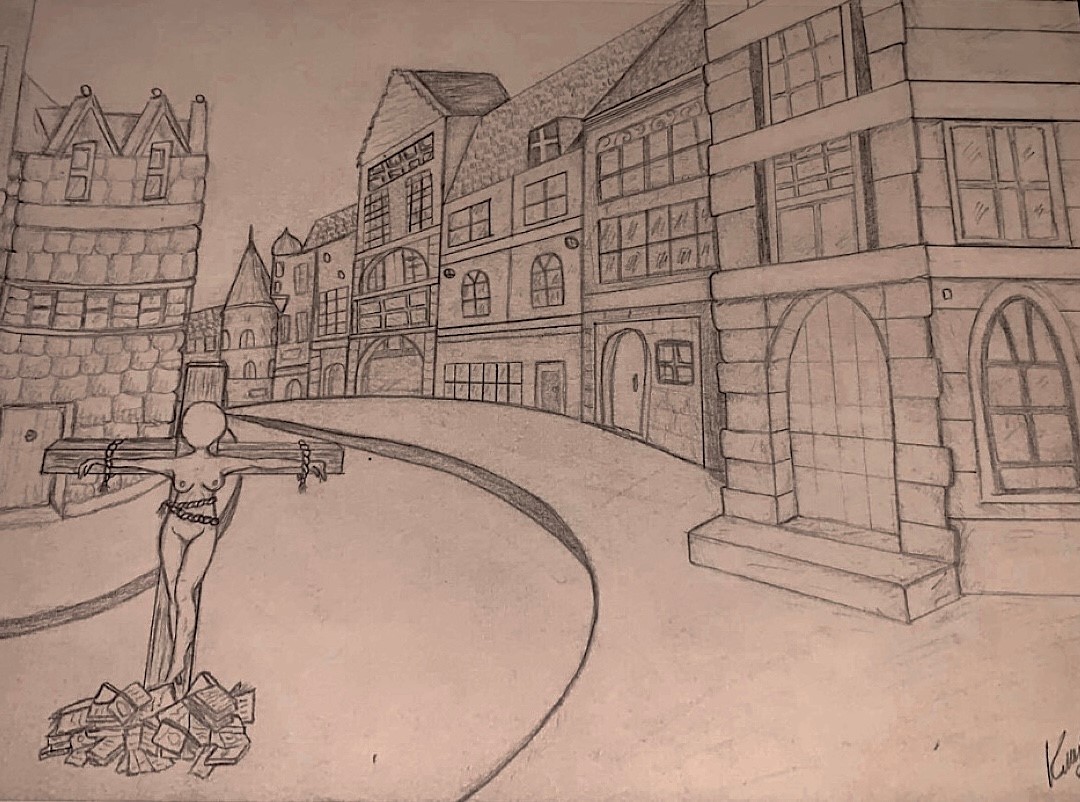
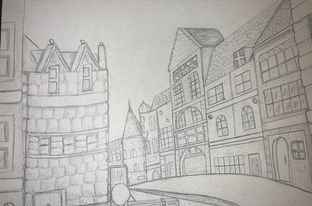
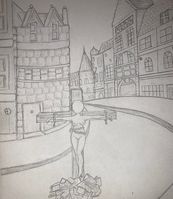
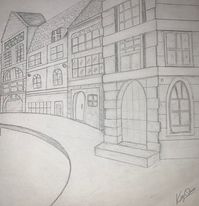
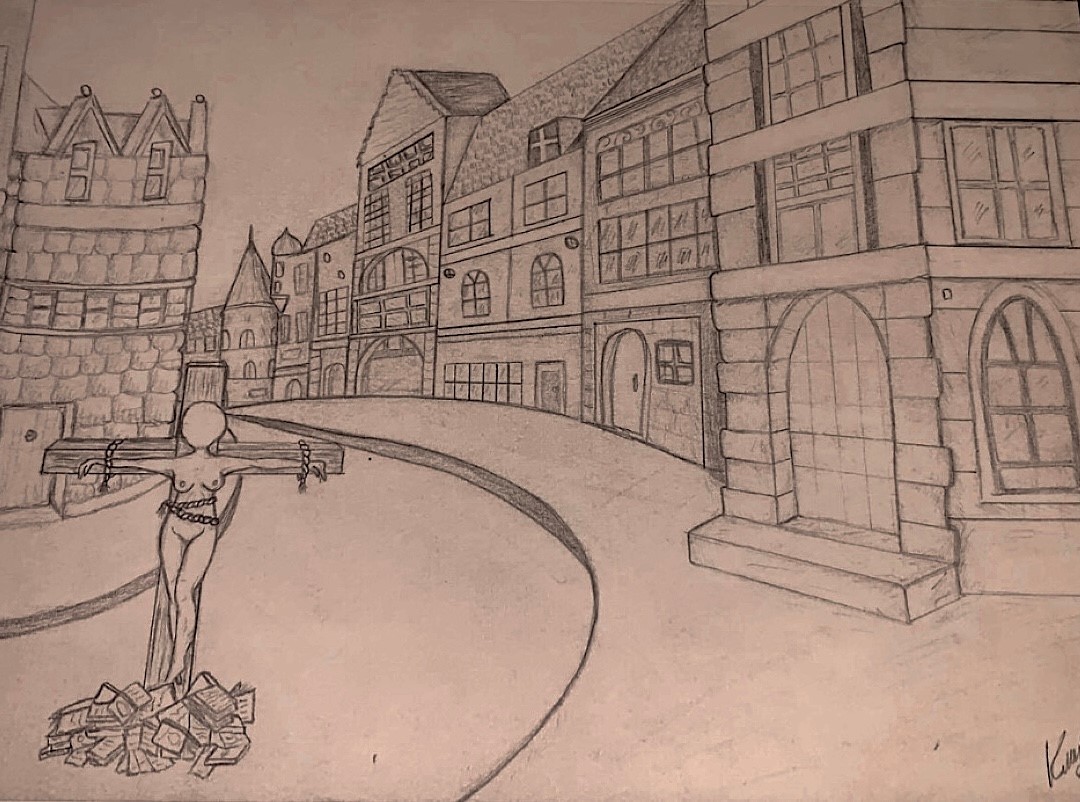
Leave a Reply